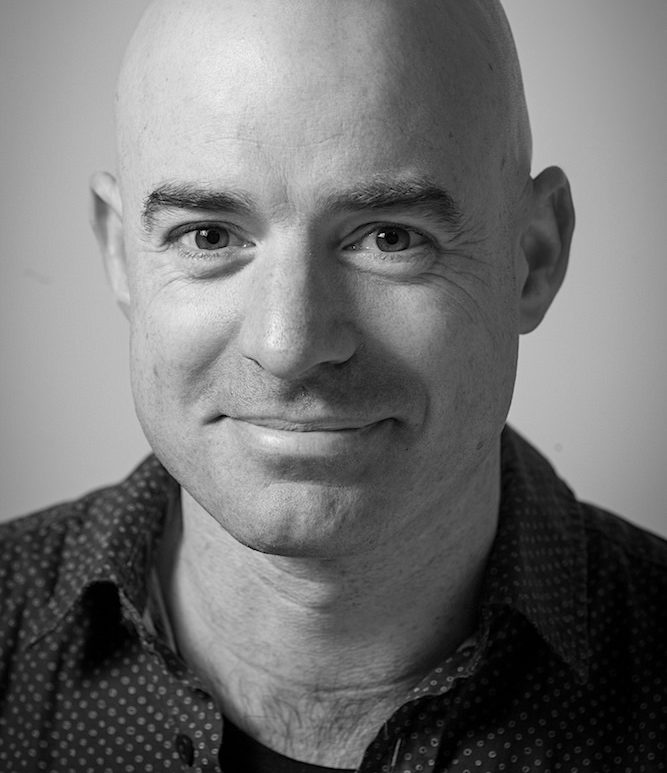The i news online and i newspaper print edition 6th August 2019.
6th August 1945 8:15am local time, and a flash of light brighter than the sun bursts over Hiroshima. Within seconds the centre of the city is obliterated and tens of thousands of people are dead. 72 years later I am in Hiroshima to attend the Peace Memorial Ceremony. Held every year since 1947 the ceremony is a simple service that includes the ringing of a bell at the time of the explosion and a minute’s silence. While sombre, it also proved to be a day of hope.
The source of this hope was the Children’s Peace Monument. Built to remember the thousands of children killed, it consists of an arched structure topped with the figure of a girl, her arms stretched above her holding a wire bird. This represents Sadako Sasaki who was two years old when Hiroshima was attacked. She survived the blast and grew up in post-war Japan. At 11 years old she was diagnosed with leukaemia and admitted to hospital gravely ill. It’s almost certain her aggressive cancer was a result of the nuclear fallout and so she is a hibakusha – a Japanese term meaning “bomb-affected person”.
Approaching the monument is a kaleidoscopic experience, as surrounding it are masses of brightly coloured paper cranes left by visitors. Once in hospital, Sasaki began folding origami cranes because her father had told her the legend that someone who folds one thousands cranes would be granted a single wish. Sadako Sasaki’s wish was to see a world free of nuclear weapons.
Standing at the centre of the monument, surrounded by the multitude of cranes folded from people across the world, proved to be the final straw of an extraordinarily emotional day. I began to cry. The tragedy of her life and Hiroshima, set within the even wider horrors of a global war that killed, by some estimates, over 70 million people. Despair of the moral calculus that determined the deaths of so many children to be justified. And fear as I held my own children, whose lives I would do anything to protect.
But I discovered that being so affected by the story of a young girl from the other side of the world was a source of hope, because her devotion to a simple wish has resonated with people across countries and cultures. It is the same deeply moral purpose that I see displayed by children today who strike and march for climate justice. They challenge us with a simple truth. They know what is right and what is wrong. If the future is in their hands, then I have a hope for this future.
Later in the day we launched floating paper lanterns onto the river. They joined a flotilla that covered the water, each one bearing personal messages of peace, love, and hope. We sat there until after sunset when they became a flickering constellation that slowly flowed out of the Peace Memorial Park towards the sea. And I thought of a young girl’s dream for peace a lifetime ago.
Sadako Sasaki died on the morning of 25th October, 1955, at the age of 12. She had folded her one thousand cranes, but her wish still remains to be fulfilled. Today, let us remember her and redouble our efforts so one day she can truly rest in peace.
